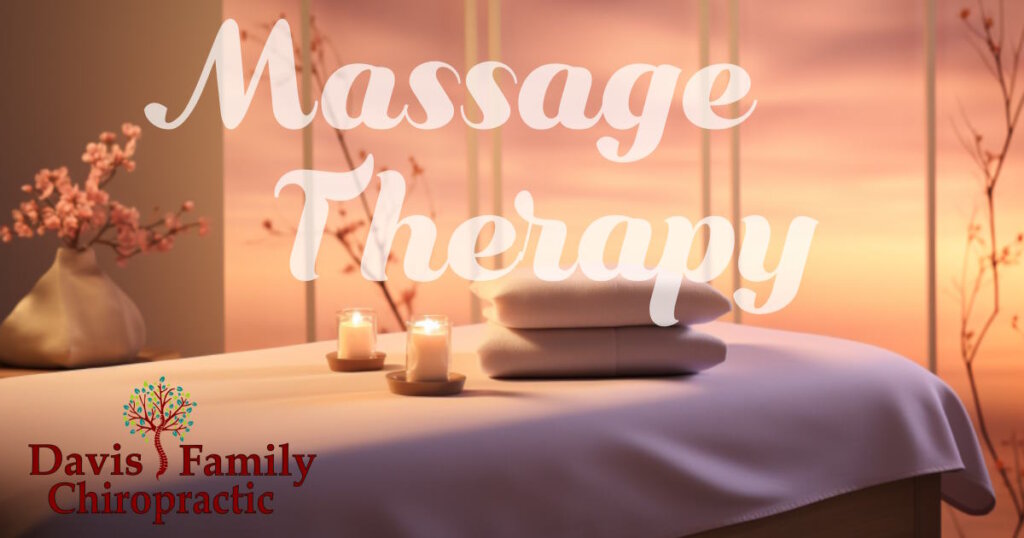Introduction
In today’s fast-paced world, stress, injuries, and health issues have become a common part of life. As a result, people are seeking alternative and holistic approaches to alleviate their symptoms and promote overall well-being. One such approach that has gained popularity is massage therapy. This article aims to explore the numerous benefits of massage therapy in addressing various symptoms and conditions, ranging from post-surgical recovery to migraines, sinus issues, sprains, and more.
Understanding Massage Therapy
Massage therapy is an ancient practice that involves the manipulation of muscles, soft tissues, and ligaments through various techniques. This hands-on approach not only promotes relaxation but also provides several therapeutic effects. Depending on the individual’s needs, different massage techniques, such as Swedish, deep tissue, trigger point, and sports massage, can be employed to target specific concerns.
The Science Behind Massage Therapy
At first glance, massage may appear as a simple indulgence, but its effects go much deeper. Scientifically, massage triggers the release of endorphins, which are natural painkillers, and also stimulates the release of oxytocin, promoting a sense of well-being and reducing stress and anxiety. Additionally, massage enhances blood circulation, improving the delivery of nutrients and oxygen to tissues while expelling waste products.
Massage Therapy for Post-Surgical Recovery
For individuals recovering from surgeries, massage therapy can play a crucial role in the healing process. Gentle massage around surgical sites helps reduce inflammation and minimize the formation of scar tissue. Moreover, the relaxation response induced by massage aids in pain management and contributes to a faster recovery.
Alleviating Migraines and Headaches
Suffering from migraines or headaches can be debilitating, affecting one’s daily life. Massage therapy offers a promising way to manage and reduce the frequency of such episodes. Targeted massage on the head, neck, and shoulder areas helps release tension and alleviates pressure on the nerves, providing much-needed relief.
Relieving Sinus Congestion and Pressure
Sinus issues, such as congestion and pressure, can cause discomfort and hinder breathing. In such cases, facial massage and acupressure can help alleviate these symptoms by promoting drainage and reducing inflammation. Additionally, lymphatic drainage massage aids in clearing congested sinuses, providing relief.
Treating Sprains and Strains
Accidents happen, and when they do, sprains and strains are common injuries. Massage therapy, when applied appropriately, can reduce swelling, increase blood flow, and speed up the healing process. By using targeted massage techniques, therapists can help individuals recover and regain their strength faster.
Easing TMJ Pain
Temporomandibular joint (TMJ) pain is a condition that affects the jaw joint and surrounding muscles. For those experiencing TMJ pain, massage therapy can be a valuable complementary treatment. By relaxing the jaw muscles and reducing tension, massage helps ease the discomfort associated with this condition.
Managing Tendonitis
Tendonitis is the inflammation of a tendon, often caused by repetitive motions or overuse. Massage therapy can aid in managing tendonitis by promoting blood flow to the affected area, which facilitates the healing process. It’s essential, however, to use gentle massage techniques to avoid exacerbating the condition.
Addressing Back Pain
Back pain is a prevalent issue that affects millions worldwide. Massage therapy offers a non-invasive and drug-free approach to addressing back pain. By targeting the muscles and tissues in the back, massage helps reduce tension and promote relaxation, providing relief from discomfort.
Relieving Neck Pain
Neck pain can be caused by various factors, such as poor posture or stress. Massage therapy is an effective way to ease neck pain by targeting the tense muscles and releasing built-up tension. When combined with proper neck posture and stretching exercises, massage can significantly improve neck discomfort.
Improving Range of Motion
For athletes and individuals with limited mobility, range of motion is crucial. Regular massage therapy can enhance flexibility and increase the range of motion in joints. By keeping muscles supple and loose, massage helps individuals perform better in physical activities and reduces the risk of injuries.
Finding the Right Massage Therapist
When seeking massage therapy, finding the right therapist is essential. Look for licensed and experienced professionals like those at Davis Family Chiropractic who can understand individual needs and tailor the massage accordingly. Effective communication with the therapist ensures that the session addresses specific concerns and preferences.
Precautions and Contraindications
Although massage therapy offers numerous benefits, it may not be suitable for everyone. Individuals with certain medical conditions, such as open wounds, fractures, or infectious skin diseases, should avoid massage or seek clearance from their healthcare provider. Consulting with a healthcare professional before getting a massage is crucial to ensure safety and effectiveness.
The Role of Self-Massage and Home Techniques
Not everyone can visit a massage therapist regularly. In such cases, self-massage techniques can be beneficial. Simple practices like using massage balls or foam rollers can provide relief from muscle tension and knots. By learning and incorporating self-massage into daily routines, individuals can maintain their well-being and manage minor symptoms at home.
Conclusion
Massage therapy is a versatile and effective approach to address a wide range of symptoms and conditions. Whether it’s post-surgical recovery, headaches, sinus congestion, sprains, or chronic pain, massage offers a natural and holistic way to promote healing, relaxation, and improved well-being. If you haven’t experienced the benefits of massage yet, it’s time to consider incorporating it into your wellness routine. Davis Family Chiropractic is here for all your massage, chiropractic, and nutritional needs. Book an appointment today!
FAQs:
Q1: Is massage therapy safe for everyone? A1: While massage therapy is generally safe, some individuals with certain medical conditions or injuries should avoid massage or consult with their healthcare provider before scheduling a session.
Q2: How often should I get a massage for chronic pain? A2: The frequency of massage sessions for chronic pain varies depending on individual needs. Some people benefit from weekly sessions, while others find monthly visits sufficient. Consult with a massage therapist to determine the best approach for your specific condition.
Q3: Can massage therapy help with stress and anxiety? A3: Yes, massage therapy can be very effective in reducing stress and anxiety. The relaxation response triggered by massage helps promote a sense of well-being and calmness.
Q4: Are there different types of massage techniques? A4: Yes, there are various massage techniques, each with its own unique benefits. Some common types include Swedish, deep tissue, sports massage, and trigger point therapy.
Q5: Can self-massage replace professional massage therapy? A5: While self-massage can be beneficial for managing minor symptoms and relaxation, it cannot fully replace the benefits of a professional massage. Regular visits to a licensed massage therapist provide more comprehensive and targeted care.



